Flexible Jaw Type Couplings
A jaw coupling consists of two metal hubs and an elastomer (spider). The two metal hubs are generally 45-gauge steel, but the aluminum alloy is also used in cases where sensitive loads are required. The elastomeric jaw coupling uses the elastic element placed between the two halves of the coupling hubs to realize the coupling of the two halves of the coupling.
Flexible Jaw Type Couplings
The jaw coupling is a universal power transmission coupling. It is designed to transfer torque by connecting two shafts while damping system vibrations and regulating misalignment, thereby protecting other components from damage. A jaw type coupling consists of three parts: two metal hubs and an elastomeric insert called a jaw coupling element, often referred to as a jaw coupling “spider.” These three parts are pressed together, and the jaws of each hub are mounted alternately with the impeller of the star wheel. The torque of the flexible jaw coupling is transmitted through the compressed elastomer lobes.
Jaw Coupling Dimensions
Jaw Type Flexible Coupling Features
Elastomers for jaw-type couplings are generally composed of engineering plastics or rubber. The life of the coupling is also the life of the jaw coupling insert. Since elastomers are subject to pressure and not easily subject to tension. Generally, the life of an elastomer is 10 years. Since jaw coupling elastomers have a cushioning and vibration-damping effect, they are often used in applications with strong vibrations. Unlike rigid couplings, the performance limit temperature of the elastomer determines the operating temperature of the coupling, which is generally -35 to +80 degrees.
- (1) Compact, backlash-free and available in three different hardness elastomers.
- (2) Absorbs vibration and compensates for radial and angular misalignment.
- (3) Simple structure, easy maintenance and easy inspection.
- (4) Maintenance-free, oil-resistant and electrically insulated, operating temperature 20°C to 60°C.
- (5) plum blossom elastomer with four, six, eight and ten petals.
- (6)Fixing methods are top wire, clamping, and keyway fixing.
Jaw Coupling Parts
Jaw coupling, also called jaw and spider coupling, is composed of two metal jaw coupling hubs and an elastomer. The two metal hubs are generally 45 gauge steel, but aluminum or stainless steel are also used when sensitive loads are required. The elastomeric jaw coupling uses the elastic element placed between the two halves of the coupling hubs to realize the coupling of the two halves of the coupling. The elastomer jaw couplings have the features of compensation of relative displacement of two shafts, vibration damping, cushioning, small radial dimension, simple structure, no lubrication, high bearing capacity, easy maintenance, etc. However, when replacing the elastic element, the two coupling halves need to move along the axial direction.
Advantages and Disadvantages of a Jaw Coupling
Whether you are installing a jaw coupling for the first time or looking for a replacement, there are some important advantages and disadvantages to consider. While a jaw type coupling is a popular choice, they are not for all applications. If you are looking for a high-speed, torque-transmitting coupling, there are other options to consider.
The most obvious advantage to a jaw type coupling is that it is inexpensive. Depending on your application, you may need to buy a couple of couplings, or you may be able to get away with a few replacement parts. This saves you money and inventory space.
Another advantage to a jaw coupling is that they are very effective at absorbing shocks. Although they are not as tolerant of misalignment as shear or compression couplings, they are very good at handling a moderate amount of misalignment.
One disadvantage of a jaw type coupling is the noise that they produce. If you use a jaw coupling for a continuous-duty electric motor-driven machine, it is important to make sure that the noise is not too loud. This will prevent the motor from causing damage to the driven machinery.
If the noise is not an issue, there are several other advantages to a jaw coupling. First, they can be easily disassembled for inspection. Secondly, the jaw series coupling spider is interchangeable. This allows you to replace the spider without removing the jaws. Finally, they are very simple to replace.
The disadvantage to jaw type coupling is that they have a very limited range of misalignment. This means that they are not suited for applications that involve frequent start-stop reversing. Also, they are not suitable for precision motion control applications.
Jaw Coupling Application
As a reliable jaw coupling manufacturer, the jaw type coupling that we offer is widely used in CNC machine tools, CNC lathes, machining centers, engraving machines, CNC milling machines, computer gongs, metallurgical machinery, mining machinery, petroleum machinery, chemical machinery, lifting machinery, transport machinery, light industry machinery, textile machinery, pumps, fans, etc.
Besides jaw couplings, we also provide other types of flexible couplings for sale. Feel free to contact us if you are interested!

Packing Shipping Delivery
  |
 |
|
 |
 |
|
How to choose power transmissions parts and industrial products which meet our requirement
| Chains | Sprockets | Pulleys | Timing belt Pulley | V-belt Pulley |
| Sheaves | Coupings | Bush &Hub | Gear& Rack | V-Belt |
| Locking Assembly | Pulley | Gearbox | Reducer | Shaft Collar |
| Rod End Bearing | Clevis | PTO | Chain Guide | Belt Guide |
| Rubber Buffer | Chain Tensioner | PTO Drive Shafts | Universal Joints | Roller Chains |
| Conveyor Chains | V-Belts | Worm Gearbox | Helical Gear | Worm |
| Agricultural Chain | CNC Proces Parts | Casting | Stamping | |
| Powder Metallurgy | CNC Proces Parts | Casting | Stamping |
What Products Do you sell ?
We are a group of factories, give customer one stop solution of power transmission and industrial products. We are in the position to supply wide range of products, including chains, sprockets, v-belt and v-belt pulleys, timing belt and timing belt pulleys, gears, speed reducers, motors, racks, couplings, and many other parts, like locking assembly, taper bushing, Chain guide, shaft collar, torque limiter, cam clutch, universal joint, motor base and motor slide, rod end, clevis, rubber mount, etc. We make special parts according to drawings and/or samples.
How to choose a gearbox which meets our requirement?
You can refer to our catalogue to choose the gearbox or we can help to choose when you provide
the technical information of required output torque, output speed and motor parameter etc.
What information shall we give before placing a purchase order?
a) Type of the gearbox, ratio, input and output type, input flange, mounting position, and motor informationetc.
b) Housing color.
c) Purchase quantity.
d) Other special requirements.
What industries are your gearboxes being used?
Our gearboxes are widely used in the areas of textile, food processing, beverage, chemical industry,
escalator,automatic storage equipment, metallurgy, tabacco, environmental protection, logistics and etc.
What is the producing process?
Production process including raw material cutting, machine processing, grinding, accessories cleaning, assemble, cleaning, stoving, oil coating, cover pressing, testing, package.
How to control the products quality?
Combining advanced equipment and strict management, we provide high standard and quality bearings for our customers all over the world.
What is the transportation?
-If small quantity , we Suggest to send by express, such as DHL,UPS, TNT FEDEX. If large amount, by air or sea shipping.
Can we design packaging?
-Yes. Default is regular packing, and we can make customer's own packing.
Can you provide OEM service?
-Yes, we work on OEM orders. Which means size, quantity, design, packing solution, etc will depend on your requests; and your logo will be customized on our products.
Can you give me discount on Power Transmissions Parts and Industrial parts?
-Yes, of course. Pls. send me your Email, you'll get more
Q: Are You a trading company or a manufacturer?
A: We Are the factory and have our Own trading company
Q: How Can I get an offer?
A: please send US quotation information: drawings, materials, weight, quantity and requirements, we can accept PDF, ISGS, DWG, STEP file format. If you don't have the drawings, please send us the samples, we can also quote you according to your samples.
Q: What is your minimum order size?
A: it is usually 100 pieces, but a low quantity is acceptable under some special circumstances.
Q: Do you provide samples? Is it free or extra?
A: Yes, we can provide samples free of charge, but we don't pay the freight.
Q: What is the lead time for mass production?
A: honestly, it depends on the number of orders. Normally, if you don't need the tools, deposit them after 30 days or so.
Q: What if the parts don't Work?
A: we can guarantee the quality, but if it happens, please contact us immediately, take some photos, we will check the problem and solve it as soon as possible.
Q: What are your terms of payment?
A: payment is less than US $1000,100% in advance. Payment: $1000,50% wire transfer in advance, balance before shipment,Other Terms of payment are negotiable

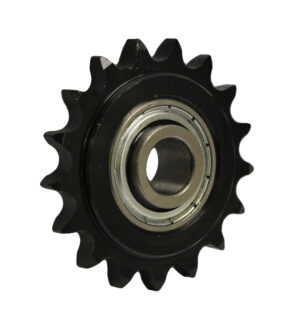
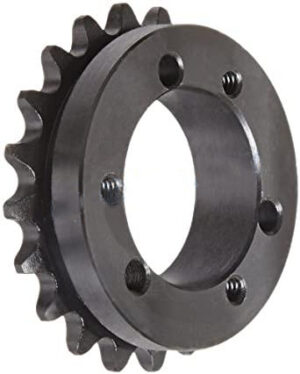
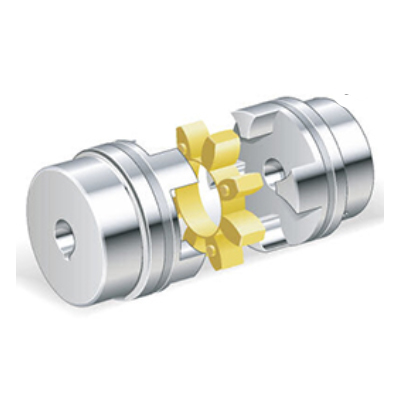
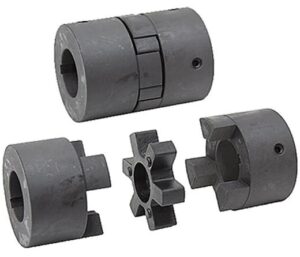
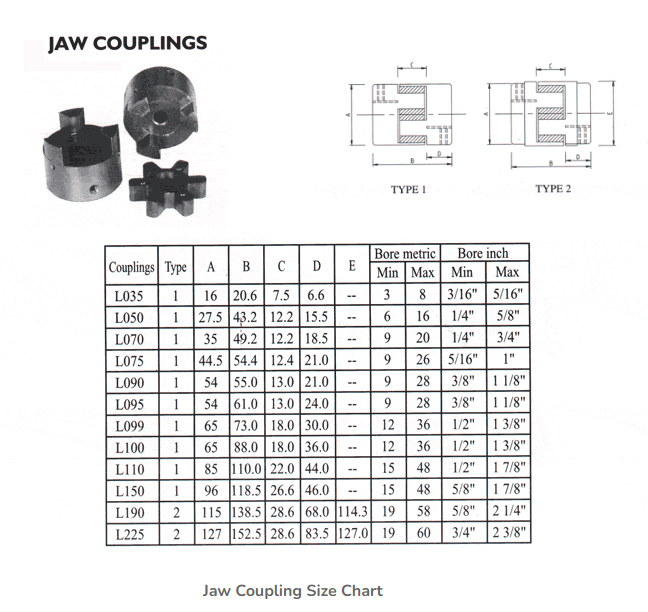
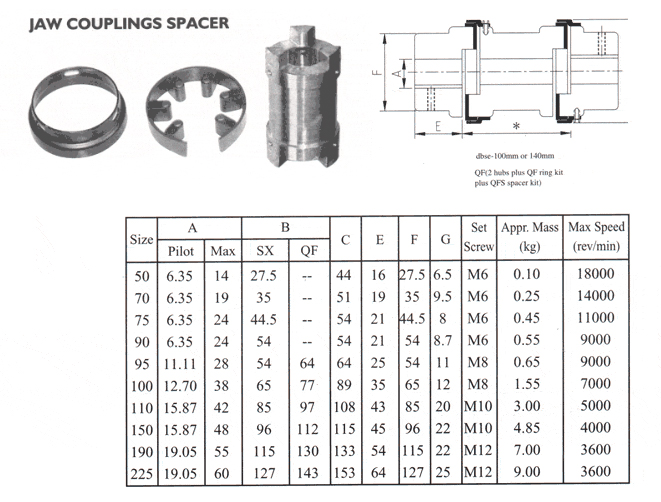
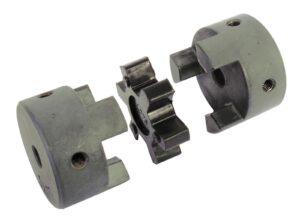
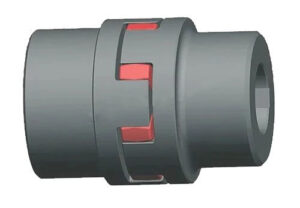
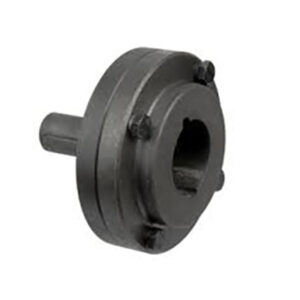

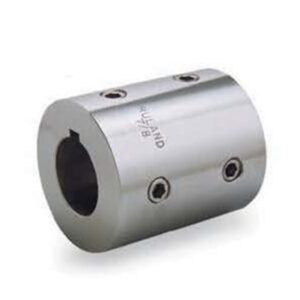
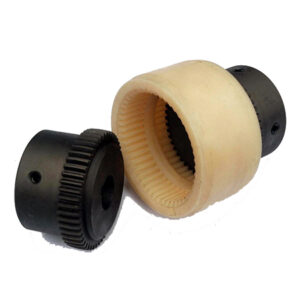
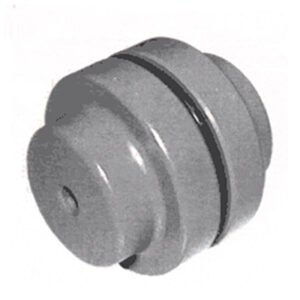
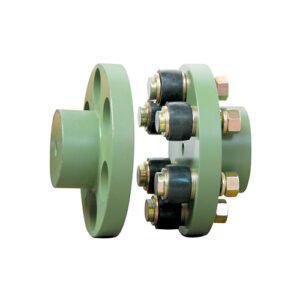
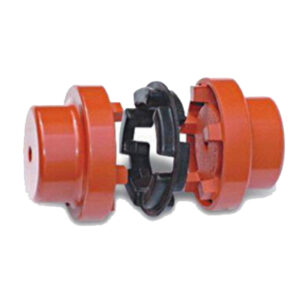
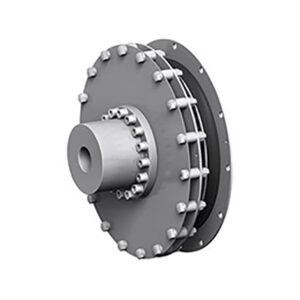
Reviews
There are no reviews yet.